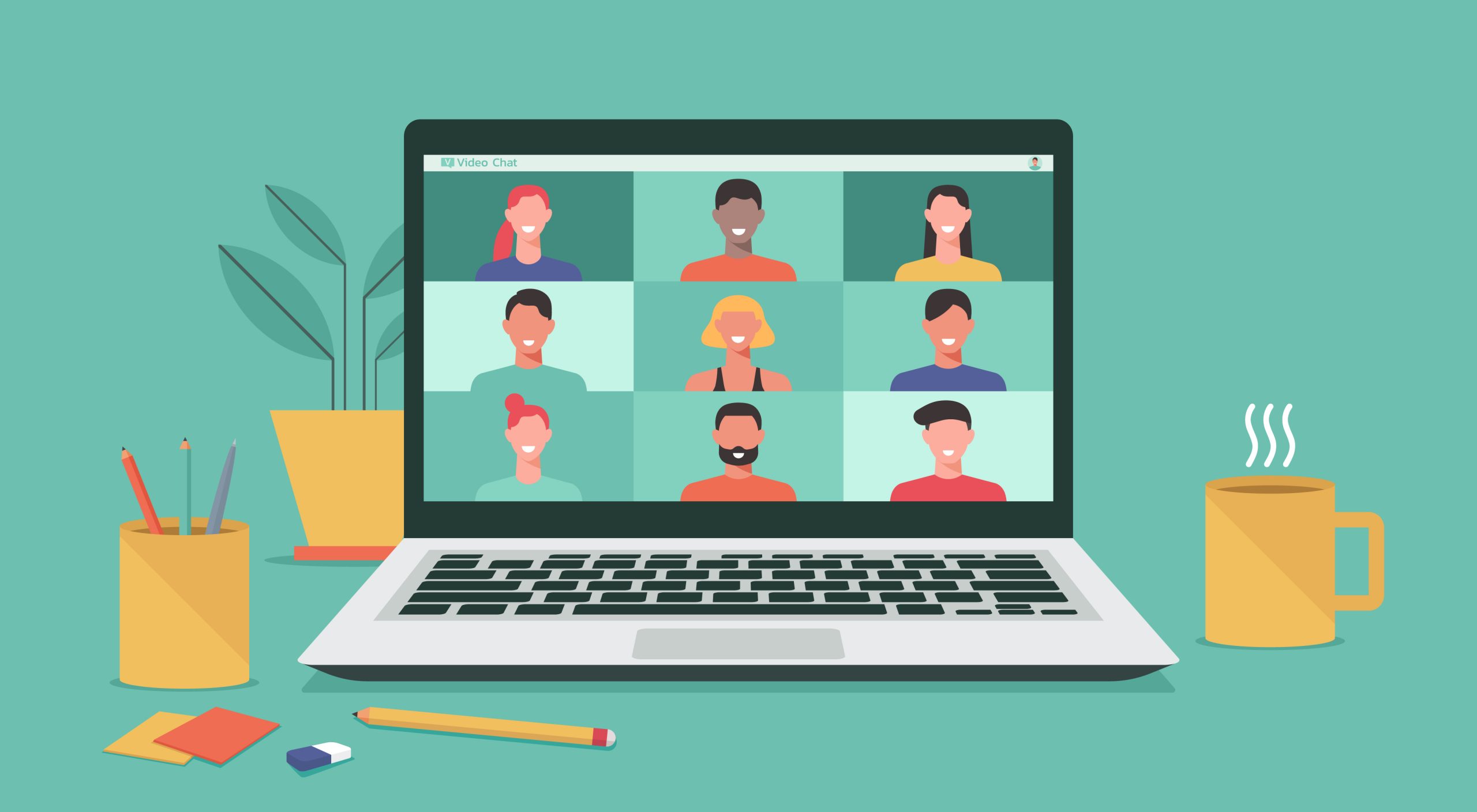VIRTUAL MEETINGS HAVE PROS AND CONS
Job interviews have gone largely virtual during the pandemic. Compared to the in-person version, there are pros and cons for candidates.
Being interviewed from your own home reduces pressure, as you’re in a familiar environment and you don’t have to travel to get somewhere by a certain time.
However, some non-verbal communication is lost and there are potential technological pitfalls and noisy distractions at home.
Lorene Phillips, founder of Clarendon Wallace, an executive coaching and leadership consulting firm, gave some tips on dealing with an online video interview.
1.Basic preparation
Some aspects of an online interview are identical. “Prepare like you would for an in-person interview,” Ms Phillips said. “Do your research and practise the typical interview questions. Prepare questions you would like to ask the interviewer.”
2. Dress to impress
Resist the temptation to dress casually, just because you’re at home. That includes your lower half, Ms Phillips advises. “Err on the side of dressing formally. You want to present the very best version of yourself.
“Don’t just dress well from the shoulders to the waist, but do the whole thing. There’s something that happens physiologically when you’re fully dressed up. You exude confidence and feel and look the part. First impressions are lasting impressions.”
3. Set the stage
“The big difference between video and in-person interviews is that you are responsible for setting the physical stage for the interview, not the interviewer,” Ms Phillips says. An appropriate background is important.
“Not everybody has an office. You may want to find somewhere with a natural source of light so it illuminates your face. If you don’t have a neutral background, then Zoom and Teams do have myriad beautiful and professional backgrounds that you can use to present a professional image.”
Testing a chosen backdrop before the day of the interview is recommended. “With some of them, your arm or your head can sometimes go missing. That’s a distraction, and you want to be the focus of the interview, not your background.”
4. Platform readiness
Prepare yourself for the platform you will be using, particularly if you’re using it for the first time, and download it before the day of the interview. “If you’re using Teams and you’re used to Zoom, then go online and try it out, so you know the basic tools and you’re at ease with it,” Ms Phillips says. “Make sure your full name is at the bottom of your screen and your microphone is working.”
5. Avoid distractions
The last thing you need when you’re tackling a tough question is for your cellphone to ring or a dog to bark. “Make sure everyone else in the house knows you have an interview,” Ms Phillips says. “Lock the door, if necessary. Noise-cancelling headphones are great for avoiding distractions. Put everything on silent. Shut down all applications you’re not using on your computer.”
Even with best-laid plans, sometimes things happen. “Everyone understands the environment that we’re in,” Ms Phillips says. “If the landscaper comes, say ‘If the noise is a distraction, I can move somewhere else’. Be conversational, it shows you’re confident and not afraid to speak up.”
6. Camera position
Ensure your face is in the centre of the screen with some space above your head. The picture should come down to just below your shoulder, Ms Phillips says. “When you’re speaking, always look into the camera, because on the other side you come across as looking directly into the eye of the person to whom you’re speaking,” she adds.
It can feel unnatural not to look at the interviewers on screen when speaking, but rather at the camera. Ms Phillips has a tip. “One of my clients said that to make sure they’re looking at the camera and have a nice smile, they have a picture of their family or their pet on the wall behind the camera.”
7. Non-verbal communication
While gesticulation will largely get missed during a video interview, other forms of non-verbal communication will be emphasised. Ms Phillips says: “With many platforms, when you speak, your image gets pushed to the front of the screen, which puts the spotlight on you physically. So you have to use your facial expressions to communicate warmth and engagement, nodding at the right times, smiling and showing you’re interested.”
8. Use notes sparingly
Remote interviews allow an opportunity to use cheat sheets to remind yourself of key points. Ms Phillips says: “Make it minimal, just a few bullet points, because you want to connect in a natural, conversational way.”
9. Measured speech
Ms Phillips recommends putting yourself on “mute” when others are speaking. “The very act of clicking on ‘unmute’ before you reply gives you time to breathe and think about what you’re going to say. Speak more slowly than usual and enunciate your words clearly. You will come over as measured, confident and professional.”
10. Technology plan B
Organise some technology back-up. Ms Phillips says: “Have the platform downloaded on your phone or tablet, in case something goes wrong with your computer. It’s all about being prepared.”

